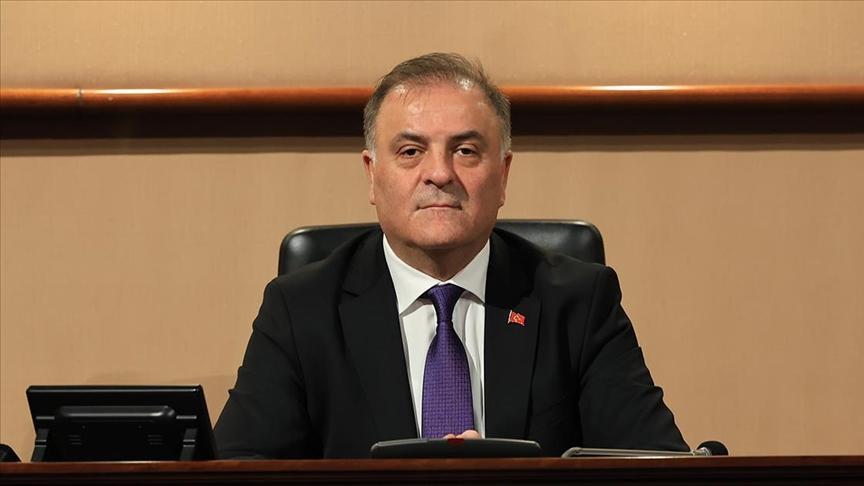Chopin museum reopens in Warsaw with new original exhibits
WARSAW

A baroque Warsaw mansion hosting a museum dedicated to one of Europe’s greatest 19th century musicians, Polish pianist and composer Frederic Chopin, was reopened at the weekend with a new focus on original artifacts after months of pandemic-spurred renovations.
“The main reason of this refurbishing was to create a good atmosphere, good air conditions for the... original objects," Artur Szklener, director of the National Frederic Chopin Institute has said.
“And at the same time we wanted to change some ideas of the exhibition itself showing more of the originals,” he told The Associated Press.
The museum, which houses Chopin’s last piano, a Pleyel, and manuscripts of his music, will also display new items including letters he wrote to his companion, writer George Sand, and a satirical drawing she made of him, as well as an oil portrait of Chopin by his friend Teofil Kwiatkowski, a fellow Pole.
The focus of the renewed exhibition is on the original manuscripts, which take the place of previous copies, and on recreating the mood and style of the times they belong to, museum officials said.
“Especially after the pandemic we realized that people are overwhelmed, oversaturated with things that are not original, they have enough of it and they wanted more originals, they wanted to touch the real thing,” Chopin institute spokesman Aleksander Laskowski told the AP. “They cannot touch the letters, obviously, but they almost can. That was the reason for change: Be original. And we are,” Laskowski said.
A large part of the renovation was creating the right technical air and light conditions for exhibiting 19th century manuscripts and other objects, while respecting the architecture of the 17th century Ostrogski Castle.
Space has also been made for more items that were owned or linked to the Romantic-era composer, who spent half of his life in Paris, museum officials said.
Chopin was born in 1810 in Zelazowa Wola near Warsaw to a Polish mother and a French father. Seeking to develop his talent, he went to Vienna in 1830 and then to Paris, where he settled until his death in 1849.
He is buried at the Pere Lachaise cemetery in Paris, but his heart was brought to Poland and rests sealed in a pillar of the Holy Cross Church in Warsaw.
















